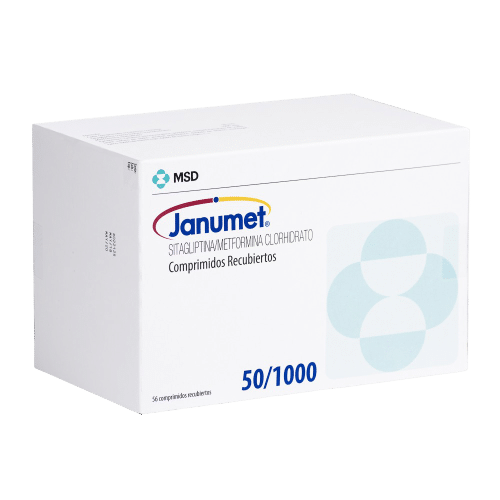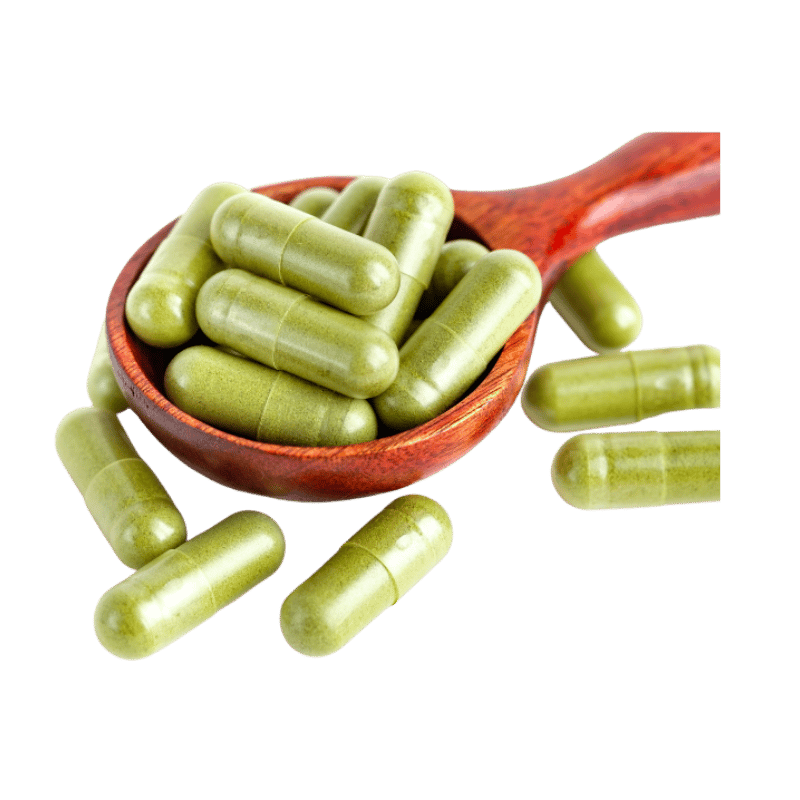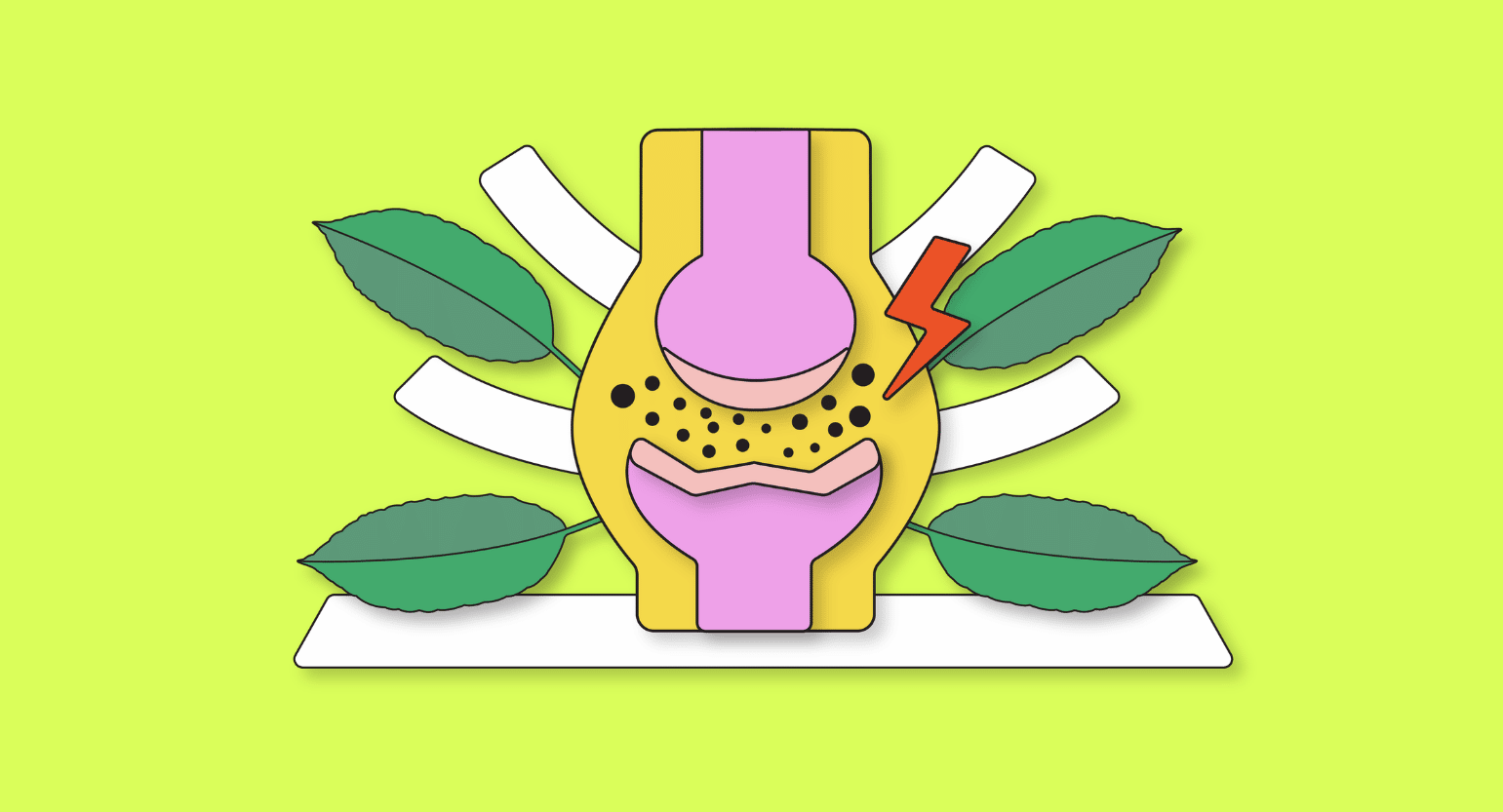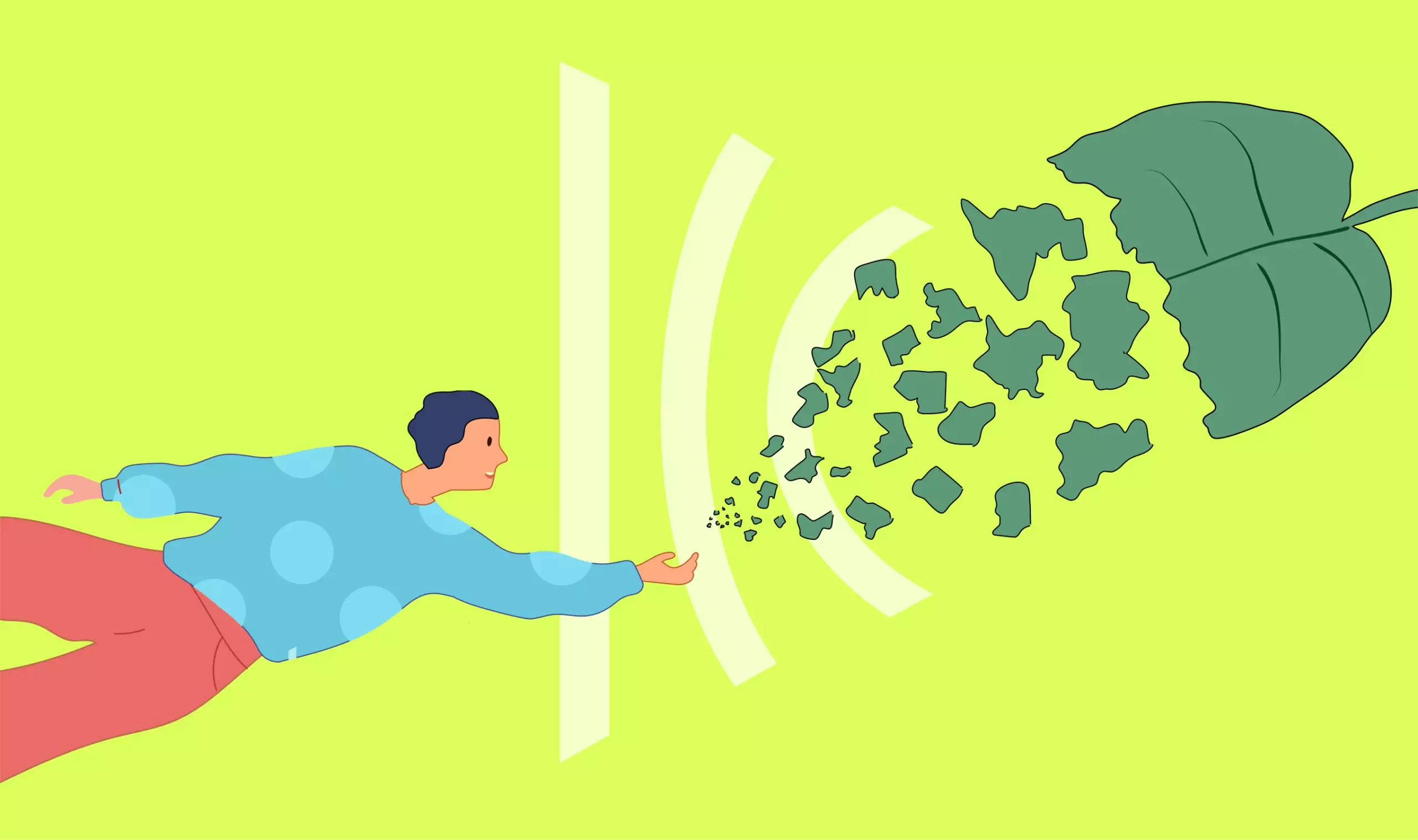Does Kratom Interact With Metformin?
Unlikely. Metformin is one of the rare drugs that isn’t metabolized in the liver. It also shares virtually no similarities with kratom regarding its mechanism of action. Therefore, there’s a meager chance of experiencing significant adverse reactions when taking kratom with metformin.
However, kratom should be used with caution in people diagnosed with diabetes. The effects of this herb on blood pressure and blood sugar levels are unpredictable. Some reports suggest it lowers blood sugar levels; others have found it can increase blood sugar. Kratom’s effects depend on the dose, the strain used, and the user’s metabolic health state.
The same level of risk applies when mixing kratom with other biguanide medications.
With that said, everybody is different. Kratom could worsen the underlying symptoms of diabetes, causing the metformin to be insufficient for managing symptoms.
Is it Safe to Take Kratom With Metformin?
While there’s always going to be some inherent risk when mixing kratom with prescription medications, it’s unlikely that taking metformin and kratom will result in serious side effects.
These medications have a mild overlap and share little to no similarities regarding their effects on the body.
With that said, you should always consult your doctor before taking kratom if you’ve been prescribed metformin or any prescription medication.
What is Metformin?
Metformin is classified as a biguanide, which helps regulate blood sugar levels in diabetic patients. Specifically, it reduces glucose production and increases glucose uptake to prevent dangerous spikes in blood sugar [1].
Many other biguanides serve as diabetes medications, inhibiting the expression of the enzymes that metabolize kratom.
Other biguanides that may interact with kratom:
- Canagliflozin (Invokana)
- Dapagliflozin (Farxiga)
- Saxagliptin (Onglyza)
- Empagliflozin (Jardiance)
- Linagliptin (Tradjenta)
- Ertugliflozin (Steglatro & Segluromet)
- Metformin and metformin-based drug combinations (Glucophage, Glucophage XR, Glumetza, Invokamet, Invokamet XR, Qternmet XR, Riomet, Riomet ER, Synjardy, Synjardy XR, Trijardy XR & Xigduo XR)

Metformin Details & Specifications:
| Drug Name | Metformin |
| Trade Names | Glumetza, Invokana, Farxiga, Onglyza, Jardiance, Tradjenta, Steglatro, Segluromet |
| Classification | Biguanide |
| CYP Metabolism | Not metabolized |
| Interaction With Kratom | None |
| Risk of Interaction | Low |
What Is Metformin Used For?
Metformin is used to regulate blood sugar levels in type 2 diabetes patients. It decreases glucose production in the liver and increases the uptake of glucose available in the blood [4]. This helps to limit the concentration of free glucose in the blood.
Metformin is sometimes used with other medications and frequently prescribed alongside diet and exercise to help regulate blood sugar.
However, it’s not recommended for patients with kidney or liver issues.
Generic & Brand Name Versions of Metformin
While metformin is a generic drug name, you can find it under plenty of brand names in the market. This drug is available alone but also in combination with other medications, including canagliflozin, dapagliflozin, saxagliptin, empagliflozin, linagliptin, and ertugliflozin.
Glumetza is one of metformin’s most common brand names, but many others exist.
Brand-name medications that include metformin as part of their combination of medications include:
- Invokana
- Farxiga
- Fortamet
- Onglyza
- Jardiance
- Tradjenta
- Steglatro
- Segluromet
- Glucophage
- Glucophage XR
- Glumetza
- Invokamet
- Invokamet XR
- Riomet
- Riomet ER
- Synjardy
- Synjardy XR
- Trijardy XR
- Xigduo XR.

What Are the Side Effects of Metformin?
Some users experience nausea, low blood sugar, upset stomach, and diarrhea.
The symptoms of low blood sugar include dizziness or confusion and, in severe cases, fainting.
Some more severe side effects of taking metformin include lightheadedness, muscle aches, difficulty breathing, feeling cold, nausea, and irregular heartbeat. If any of these problems occur, consult your doctor or call 911 in an emergency.
Some complications arise from metformin’s ability to limit enzymatic activity in the body. Most of the risks of taking the medication alone include a buildup of acid in the blood. Conditions include metabolic acidosis, diabetic ketoacidosis, and lactic acidosis. In extreme cases, these issues can be fatal.
Metformin is not recommended for children under ten years of age, and it’s sometimes not suggested for use while pregnant. You should always consult your physician about taking metformin if you’re pregnant.

What is Kratom?
Kratom is a herb used as traditional medicine for thousands of years in Vietnam, Thailand, and Indonesia. It comes from the Mitragyna speciosa tree, primarily grown in Southeast Asia. Consumable kratom is typically powder that consists of ground leaves from the kratom tree.
What’s Kratom Used For?
One of the most common uses for kratom is as a pain reliever [5]. Kratom interacts with the body similarly to opioids, so it intercepts pain signals traveling to the brain and limits perceived pain.
Another common use for kratom is to help people addicted to opiates wean themselves off. Once the user exclusively uses kratom, they can wean themselves off the herb more easily. This is the same technique used in substitution therapy using methadone or buprenorphine — only it’s much easier to quit kratom than these prescription drugs.
Kratom has a variety of uses beyond pain relief and addiction treatment, depending on the strain that is ingested.
Some strains have a sedative effect and are used as muscle relaxers and sleep aid. Others provide a boost in energy, making them useful as nootropics for boosting concentration and focus.

What’s The Dose of Kratom?
Most users ingest between 2 and 12 grams of dried kratom powder.
Anything under 2 grams is considered a low dose (best for energizing effects).
Doses between 2 and 6 grams are considered moderate doses (good energizing effects and some pain relief).
Doses over 6 grams are considered a high dose (best for pain and anxiety relief).
Never consume more than 12 grams of dried powder unless you’re very experienced with using kratom and know how this dose will affect your body individually.
Related: Kratom Dosage Calculator.
What are the Side Effects of Kratom?
There are some side effects associated with taking kratom. Most side effects are associated with larger doses or constant use without breaks.
Nausea and gastrointestinal issues — including constipation — are some of the most common side effects, especially with new users who take too much. If you’re taking large doses, you might experience lethargy and sluggishness from the sedative effects.
Dizziness is another common side effect, as kratom can make you dehydrated or lower your blood pressure slightly.
Finally, some users experience anxiety when taking stimulating doses or strains.

What are the Different Types of Kratom?
There are four main strain categories of kratom, easily distinguishable by their color. Each color has different effects and is harvested in a unique way.

White-Vein Kratom
White-vein kratom is harvested early in the plant’s maturity before the leaves’ color can form fully. White-vein kratom strains are more stimulative and may provide euphoria in some users.

Red-Vein Kratom
Red-vein kratom is believed to be harvested very late in the plant’s maturity, long after the leaves have gotten their green color and have begun to change to a darker red. Red-vein kratom tends to be best for pain relief and its sedative properties.

Green-Vein Kratom
Green-vein kratom is harvested in the middle of the plant’s maturity when the leaves have a rich green color to them. Green-vein kratom is often said to have a blend of effects from white-vein and red-vein varieties, so it’s used as a hybrid for a well-balanced experience.

Yellow-Vein Kratom
Yellow-vein kratom is among the rarest. Some people believe that the yellow color comes from a fermenting process. Others maintain that it’s a unique drying process that provides a yellow color. Some trust that it’s a blend of red and white, and still others say that very young or very old leaves will have a yellow hue.
Yellow-vein kratom offers the best chance of euphoria. It can improve focus and concentration, provide relief from pain, and act as a calming herb to soothe anxiety and stress.

Key Takeaways: Is it Safe to Mix Kratom & Metformin?
Metformin is a biguanide that regulates blood sugar in type 2 diabetes patients. While it doesn’t specifically compete with kratom when it comes to drug metabolism, it may affect the underlying pathology involved with diabetes — which is counterintuitive to the effects of metformin.
Always speak to your doctor about using kratom if you’ve been prescribed any medications or have a diagnosed medical condition.
- Corcoran, C., & Jacobs, T. F. (2021). Metformin. In StatPearls [Internet]. StatPearls Publishing.
- Krausova, L., Stejskalova, L., Wang, H., Vrzal, R., Dvorak, Z., Mani, S., & Pavek, P. (2011). Metformin suppresses pregnane X receptor (PXR)-regulated transactivation of CYP3A4 gene. Biochemical pharmacology, 82(11), 1771-1780.
- Kamble, S. H., Sharma, A., King, T. I., León, F., McCurdy, C. R., & Avery, B. A. (2019). Metabolite profiling and identification of enzymes responsible for the metabolism of mitragynine, the major alkaloid of Mitragyna speciosa (kratom). Xenobiotica, 49(11), 1279-1288.
- Hundal, R. S., Krssak, M., Dufour, S., Laurent, D., Lebon, V., Chandramouli, V., … & Shulman, G. I. (2000). Mechanism by which metformin reduces glucose production in type 2 diabetes. Diabetes, 49(12), 2063-2069.
- Eastlack, S. C., Cornett, E. M., & Kaye, A. D. (2020). Kratom—Pharmacology, clinical implications, and outlook: a comprehensive review. Pain and therapy, 9(1), 55-69.









